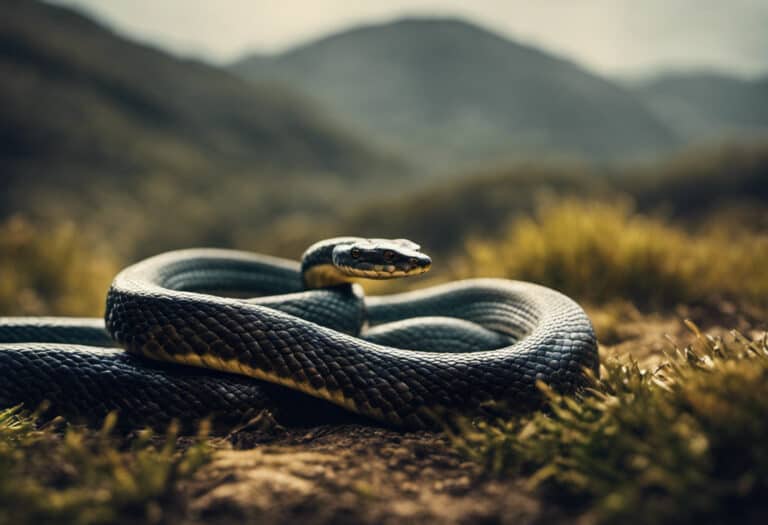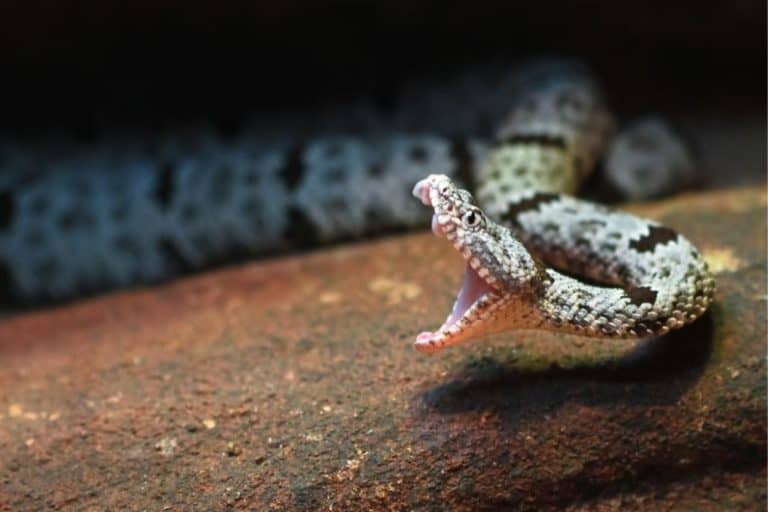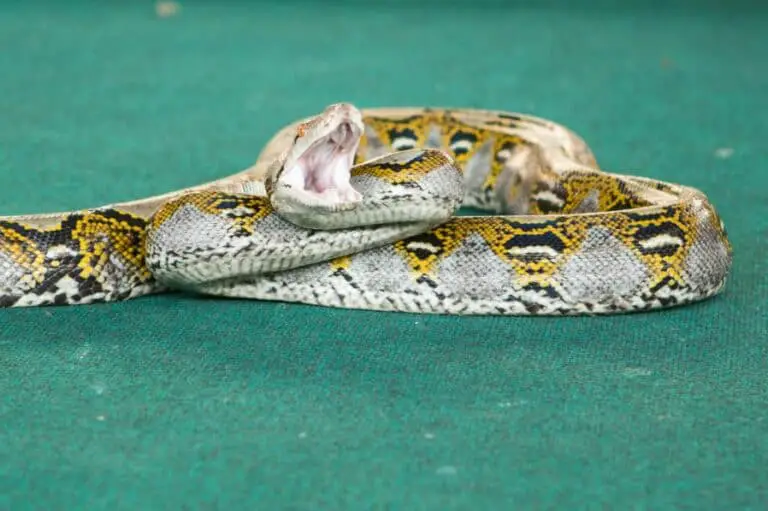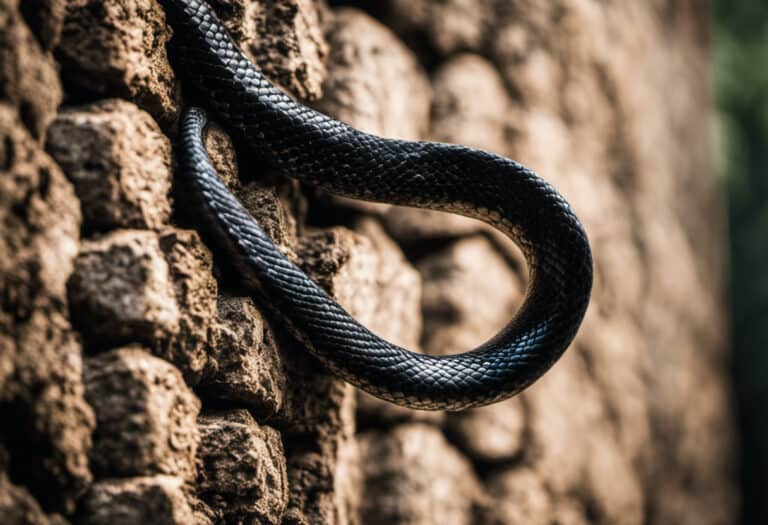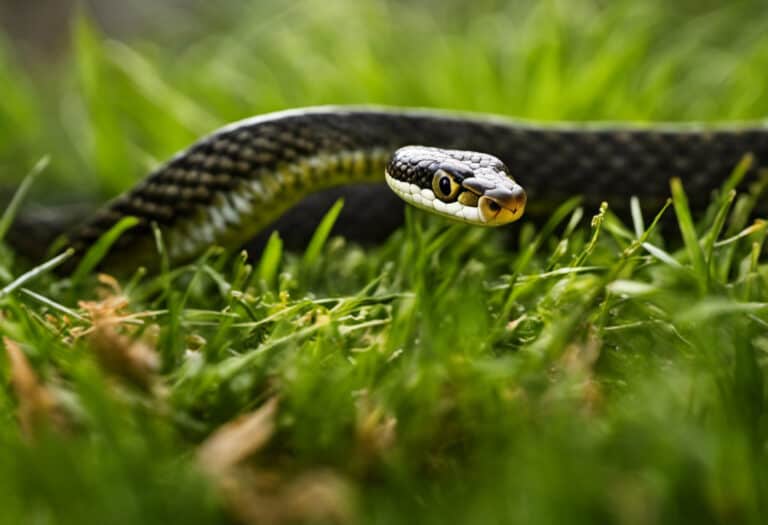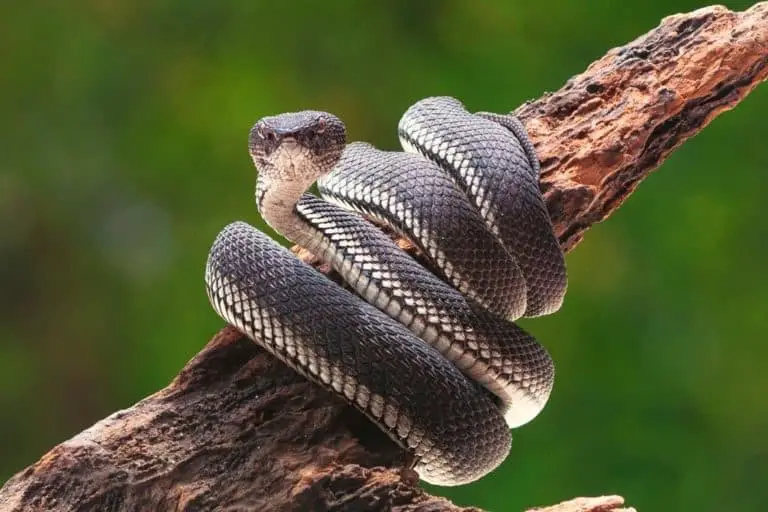Do Black Snakes Lay Eggs?
Do you think all snakes give birth to live young? Think again! Contrary to popular belief, black snakes actually lay eggs.
In this article, we will explore the fascinating process of black snake reproduction, specifically focusing on their unique egg-laying habits.
From the careful deposition of eggs in protected places to the incubation period and hatching, we’ll uncover the secrets behind the growth, development, and adaptations of these intriguing creatures.
Prepare to be amazed by the wonders of black snake reproduction!
Key Takeaways
- Pilot black snakes lay a clutch of eggs after mating and deposit them in protected places.
- The clutch can contain 3 to 25 eggs which are exposed to heat for incubation.
- The eggs incubate for about six to eight weeks and the young snake hatches using its egg tooth.
- The newborn snake is over a foot long, can care for itself immediately, and takes more than a year to change color.
Reproduction and Egg Laying
Black snakes, like the pilot black snake, lay a clutch of eggs after mating. These snakes exhibit interesting nesting habits and parental care.
The female snake carefully selects protected places, such as leaves or hollow logs, to deposit her eggs.
The clutch size can range from 3 to 25 eggs. Once laid, the eggs are left to incubate, exposed to the heat provided by decaying vegetation or the sun. The female provides no further care to the eggs.
Incubation lasts for approximately six to eight weeks, during which the eggs are protected by a watery fluid. When it’s time to hatch, the young snake uses its egg tooth, a sharp cutting device on its upper lip.
After hatching, the newborn snake is over a foot long and can care for itself immediately.
Incubation and Hatching
During incubation, the eggs are protected by a watery fluid inside, ensuring they remain safe and hydrated. This fluid acts as a cushion, preventing injury and providing the necessary moisture for development.
Snakes find suitable nesting sites through a combination of factors. Firstly, they look for areas with the right temperature and humidity levels. Secondly, they seek out locations that provide protection from predators and extreme weather conditions. Lastly, snakes are attracted to areas with ample food resources nearby, as they need to sustain themselves during the incubation period.
Factors affecting incubation time include environmental conditions, such as temperature and humidity, as well as the species of snake. Warmer temperatures generally result in shorter incubation periods, while cooler temperatures prolong the process. It’s also worth noting that some snake species exhibit facultative thermoregulation, where they can adjust their body temperature by choosing different nesting sites.
Growth and Development
As you grow, your size and appearance will change, and you’ll become fully independent.
After hatching, it takes more than a year for a snake to change its color. This gradual process is a result of the snake’s growth and development.
As you mature, your size and appearance will undergo significant transformations. Your body will elongate, and your scales will become more defined. The vibrant patterns and colors on your skin will develop, serving as protective camouflage in your environment. These changes are crucial for your survival, allowing you to blend in with your surroundings and avoid predators.
As you continue to grow, your independence will increase, and you’ll become capable of hunting and surviving on your own. Embrace these changes, as they’re essential for your freedom and success in the wild.
Adaptations and Behavior
You glide through water, land, and trees with the help of your ventral scales, which are unique adaptations of pilot black snakes. These scales create a smooth surface that allows you to move effortlessly and swiftly through your environment. Your hunting strategies and environmental adaptations further enhance your freedom in the wild.
Hunting strategies:
- As a pilot black snake, you’re a skilled predator. You use ambush tactics to surprise your prey, striking with precision and speed.
- You’ve excellent eyesight and can detect movement from a distance, allowing you to locate potential prey.
- Your venomous bite immobilizes your prey, ensuring a successful hunt.
Environmental adaptations:
- Your ability to glide through water is facilitated by your streamlined body shape, which reduces drag and allows you to move swiftly underwater.
- Your ventral scales provide traction on various surfaces, enabling you to climb trees and navigate uneven terrains.
- Your black coloration helps you blend into your surroundings, providing camouflage and allowing you to remain undetected by potential predators or prey.
With these hunting strategies and environmental adaptations, you’re well-equipped to thrive in your natural habitat, enjoying the freedom to move and hunt with ease.
Venomous Snakes and Predation
Your venomous bite immobilizes your prey, ensuring a successful hunt and securing your place as a formidable predator in the wild. Venomous snakes possess specialized venom glands that produce and deliver toxic substances through their fangs, allowing them to subdue their prey efficiently.
However, domesticating venomous snakes poses significant challenges due to their natural instincts and potential danger to humans. While some individuals may attempt to keep venomous snakes as pets, it’s highly discouraged and often prohibited by law.
Venomous snakes have evolved to be predators, but they aren’t immune to predation themselves. Predators of venomous snakes can include birds of prey, such as hawks and eagles, as well as other large snakes and mammals like mongooses.
It’s essential to respect the natural role and behaviors of venomous snakes in their ecosystems, as they play a vital role in maintaining the balance of nature.
Frequently Asked Questions
How Long Does It Take for Black Snake Eggs to Hatch?
Black snake eggs typically take about six to eight weeks to hatch. Factors such as heat from decaying vegetation or the sun can affect the incubation time. Once hatched, the newborn snakes are over a foot long and can care for themselves immediately.
Do Black Snakes Provide Any Care to Their Eggs After Laying Them?
Black snakes do not provide any care to their eggs after laying them. The eggs undergo an incubation period of about six to eight weeks, during which they are exposed to heat for hatching.
What Is the Purpose of the Watery Fluid Inside the Black Snake Eggs?
The watery fluid inside black snake eggs serves a vital purpose. It protects the developing embryos from injury and dehydration, acting as a nurturing environment that plays a crucial role in their growth and development.
How Long Does It Take for a Black Snake to Reach Adulthood?
It takes about two years for a black snake to reach adulthood. Factors affecting black snake maturity include growth rate and environmental conditions. As the snake grows, its size and appearance change, and it becomes fully independent.
What Are Some Unique Adaptations of Black Snakes?
Black snakes have unique adaptations for survival. They can camouflage themselves in their environment through their coloration and pattern. This allows them to blend in with their surroundings and remain hidden from predators or prey.
Conclusion
In conclusion, black snakes, like the pilot black snake, have a fascinating reproductive process that involves laying a clutch of eggs after mating. These eggs are carefully deposited in protected places and left to incubate for about six to eight weeks.
Once hatched, the newborn snakes emerge fully independent and capable of caring for themselves. This remarkable process can be likened to a delicate symphony, with each step perfectly orchestrated to ensure the survival and continuation of these remarkable creatures.
